More and more studies are telling us that blue spaces have an incredibly powerful and positive impact on people’s mental health and general wellbeing. Just ten minutes spent in wetlands can significantly improve mood and help reduce psychological stress and fatigue.
The Wildfowl and Wetlands Trust (WWT) has nine sites throughout the UK where people can experience the mood-lifting superpowers of wetlands first-hand.
- Guide to Britain's geese species: how to identify and where to see
- Guide to Britain's swans: species identification, folklore and where to see them
- British duck guide: identification, species, facts and where to see
Don't forget to celebrate World Wetland Day (2 February 2024). This year, human connection to wetlands and the positive effect they can have on human wellbeing is the theme. To mark this special day, the WWT is encouraging everyone to get out into these watery havens.
Discover a WWT reserve near you...
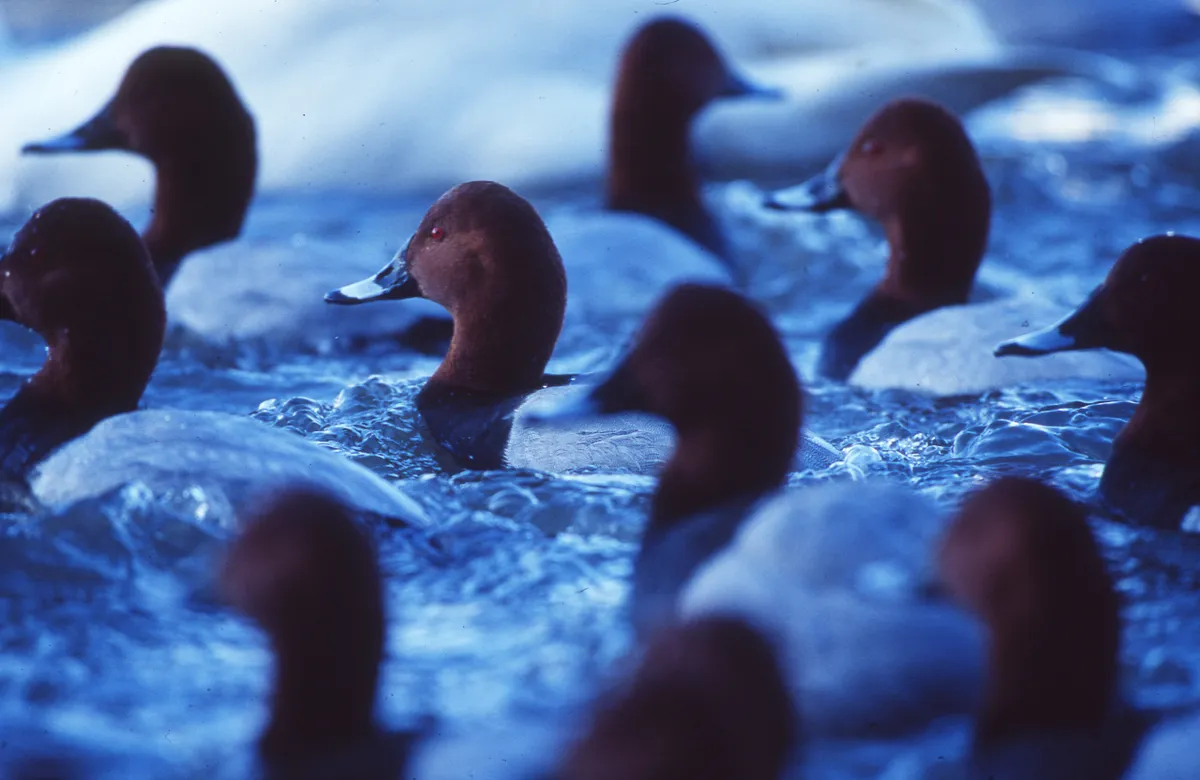
Wildfowl and Wetlands Trust reserves
Arundel
With wide-open spaces and wetlands full of the sights and sounds of nature, there's an abundance of things to see and do at Arundel in mid-Sussex. The beautiful wooden boardwalk of decks and bridges will take you through a peaceful world of reeds, lakes and ponds where you can switch off from the outside world and truly relax.
One of the site’s highlights is a stunning reed bed willow sphere, which provides the perfect space to spend moments of mindfulness and stillness to connect with nature and immerse yourself in wetlands.

Caerlaverock
Situated in Dumfries and Galloway, Caerlaverock is a stunning nature reserve where the wild world still has the power to touch, thrill and inspire. Witness year-round wildlife spectacles from comfortable hides and secluded avenues.
In winter, the skies are alive with thousands of barnacle geese, whooper swans and other birds that arrive back at Caerlaverock to shelter in the Solway Firth and take advantage of its expansive salt marshes, tidal pools and grazing land. And in spring and summer, you can wander through wildflower meadows alive with orchids, butterflies and dragonflies making it the perfect spot to relax and unwind.

Castle Espie
Castle Espie, situated on the shores of Strangford Lough near Comber, County Down, is the newest WWT visitor centre and the Trust’s first in Ireland where it is being hailed as an international exemplar of best practice in habitat restoration, sustainable design and green tourism. Castle Espie’s main draw is its magical mix of wide estuary views, tidal lagoon, eel-grass mats, woodland walks, salt marshes and reed beds; the presence of Ireland’s largest collection of native and exotic waterbirds; and the abundance of habitats for other wildlife. A haven for nature lovers of every age.
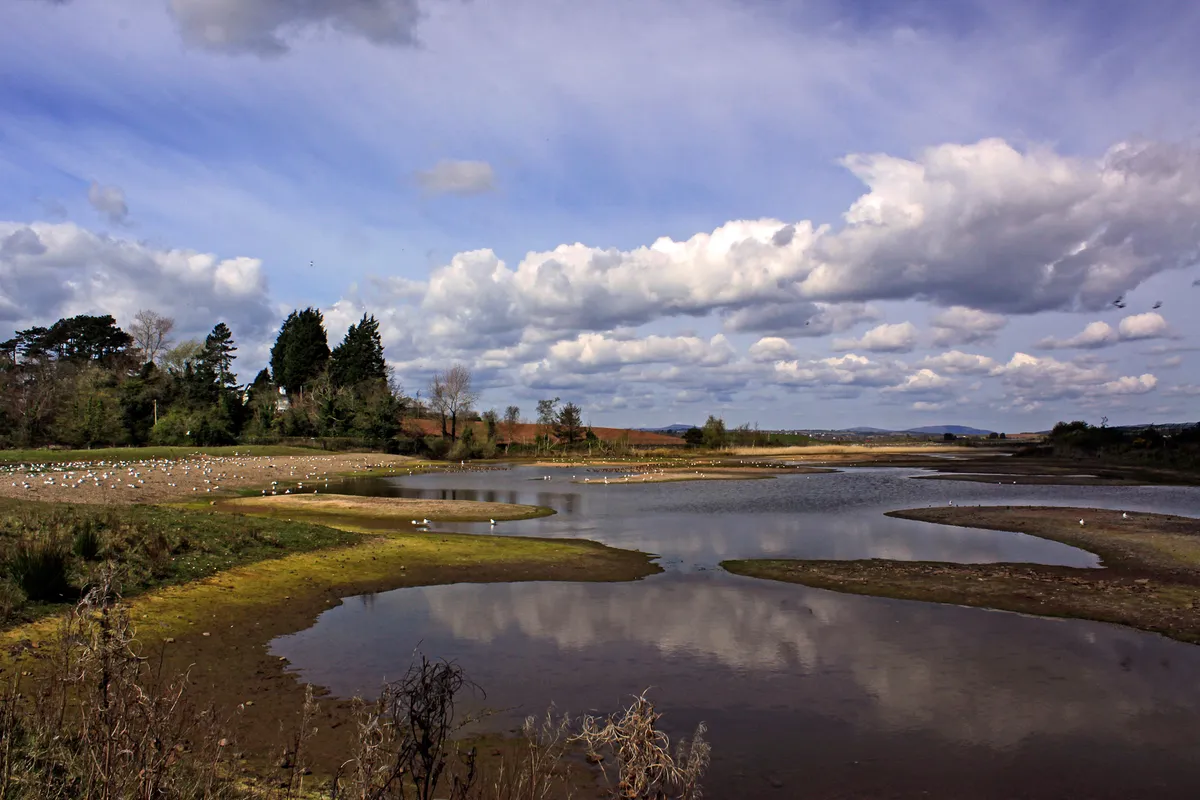
Llanelli
A 456-acre expanse of wonderful Welsh wetland is waiting to be discovered at WWT Llanelli. From lakes and scrapes to streams and saltmarshes, these precious habitats make this site a welcome refuge for many species of wildlife including rare orchids, invertebrates and the thousands of migratory birds that visit annually.
At this time of year, the estuary fills with around 50,000 waterbirds of all colours, shapes and sizes, providing the perfect opportunity to get close to nature and embrace the outdoors whatever the weather. A refuge for people and nature that invokes wonder and calm.
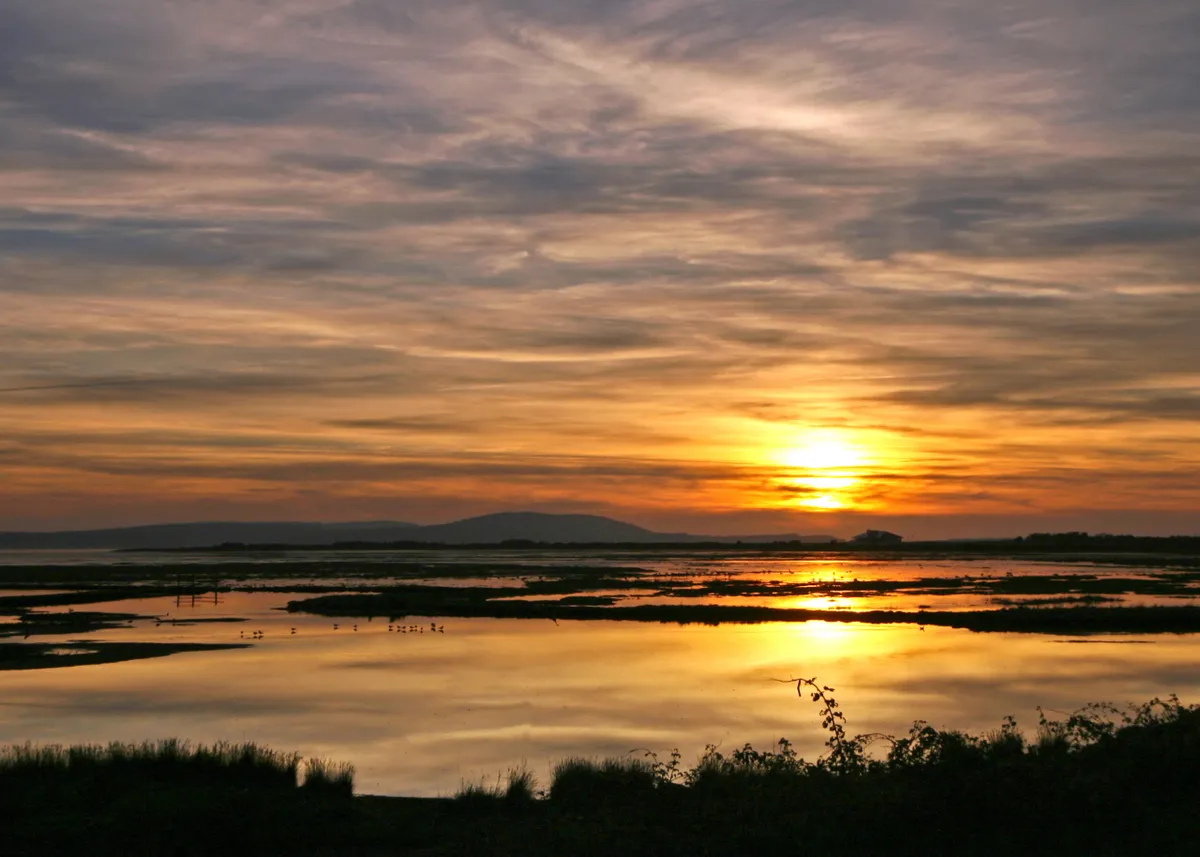
London
London Wetland Centre brings the countryside to London. Leave the hustle and bustle of the city behind and step into a wonderful oasis of colourful water birds. Discover some of the most eye-catching ducks and geese from around the globe - plus a couple of otters - on a stroll through Wetlands of the World. And find out how WWT's conservation work around the world is helping to protect wetlands and the amazing wildlife that depends on them.
Winter is a brilliant time to visit the reserve. London Wetland Centre has become one of the best places to spot bitterns, one of the UK’ rarest breeding birds.
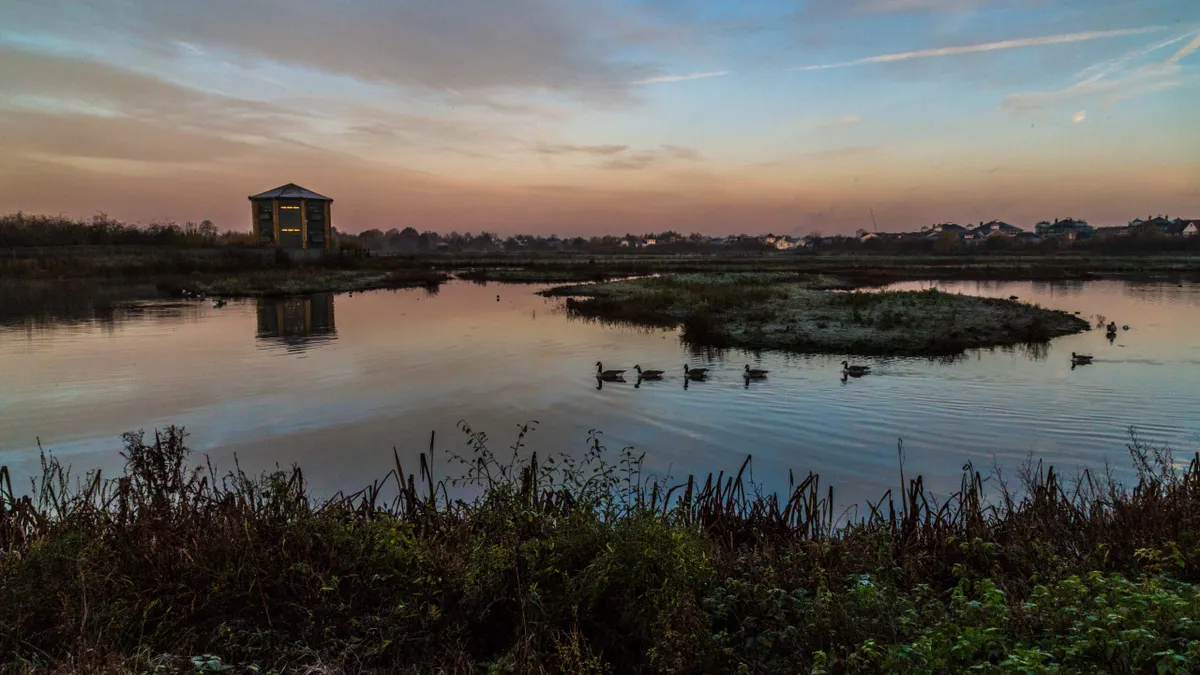
Martin Mere
Martin Mere in Lancashire is a spectacular site where wilderness and family-friendliness combine, a North West retreat for both people and nature.
A survey in 2002 recorded well over 2,000 different species of birds, mammals, insects, fish, amphibians, reptiles and mini beasts living in and around the mere which gives the site its name. But what makes Martin Mere truly world class are the many thousands of migrant wild ducks, geese, waders and swans which over-winter at this Ramsar-rated marshland. Sit back and raise your eyes to the skies for a true spectacle of nature that can both invigorate and calm the senses.

Slimbridge
With wide-open spaces and wetlands full of the sights and sounds of nature, there's plenty to see and do at WWT Slimbridge.
The amazing and accessible Estuary Tower Hide offers magnificent views of the Severn Estuary and the breath-taking variety of wild birds. Just ten minutes in this high-top hide can transport you to a place of peace and tranquillity.
WWT founder, Sir Peter Scott called Slimbridge the ‘avian Serengeti’ thanks to the vast number of wild birds here. During the winter you can see around 30,000 wild ducks, geese and swans flying and swirling in the sky and using the wetlands as a place to feed and roost.
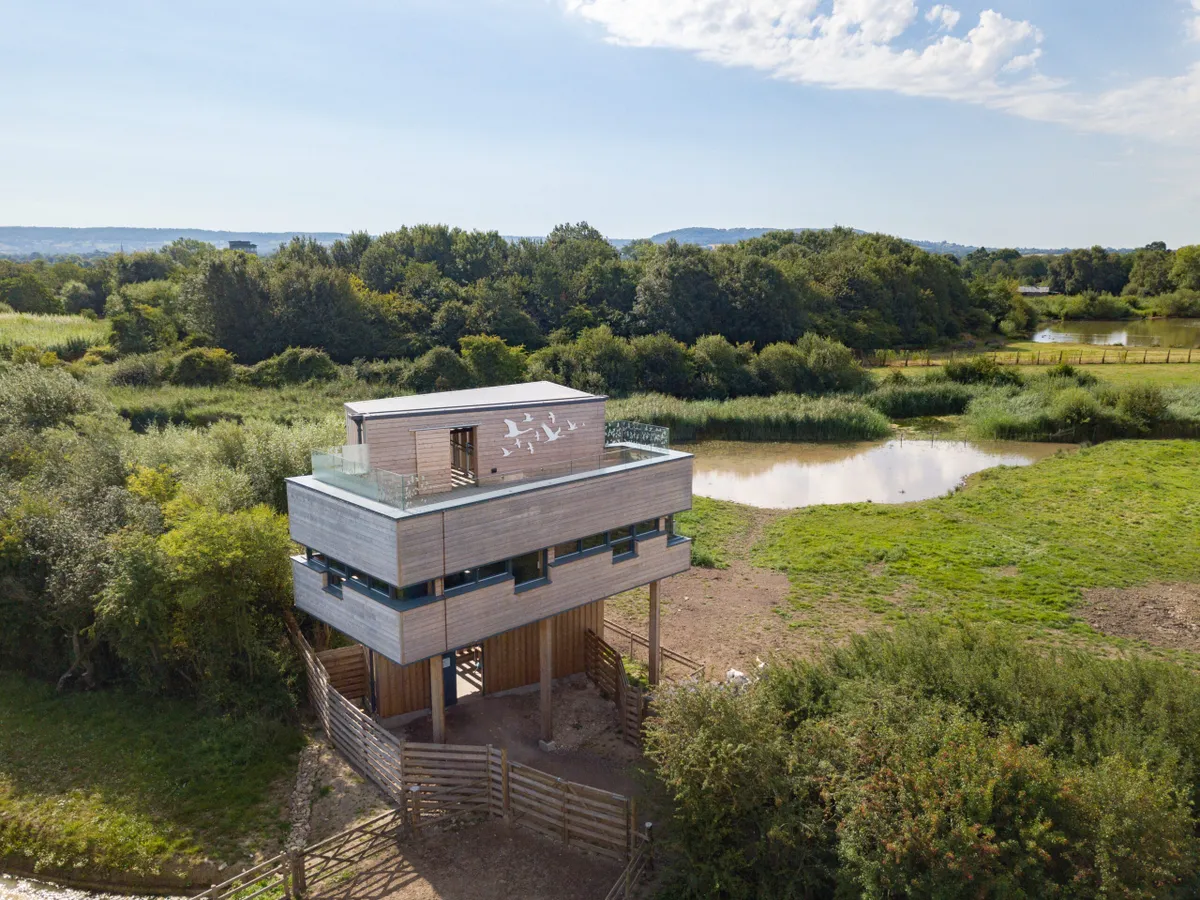
Washington
Wetlands can be found where land meets water and WWT Washington in the North East is home to a diverse mix of them – from reedbeds and lakes, to marshes and ponds.
The wild reserve’s spectacular saline lagoon is an example of one of the rarest and most unique habitats in the UK.
Lagoon View Hide provides panoramic vistas where visitors can watch wildlife, including wild otter, oystercatcher, kingfisher and roe deer. While across at Wader Lake, it’s binoculars at the ready as you view a wide range of flora and fauna from a choice of four hides.
With multiple places to lose yourself in nature, this is a glorious retreat from the hustle and bustle of daily life.
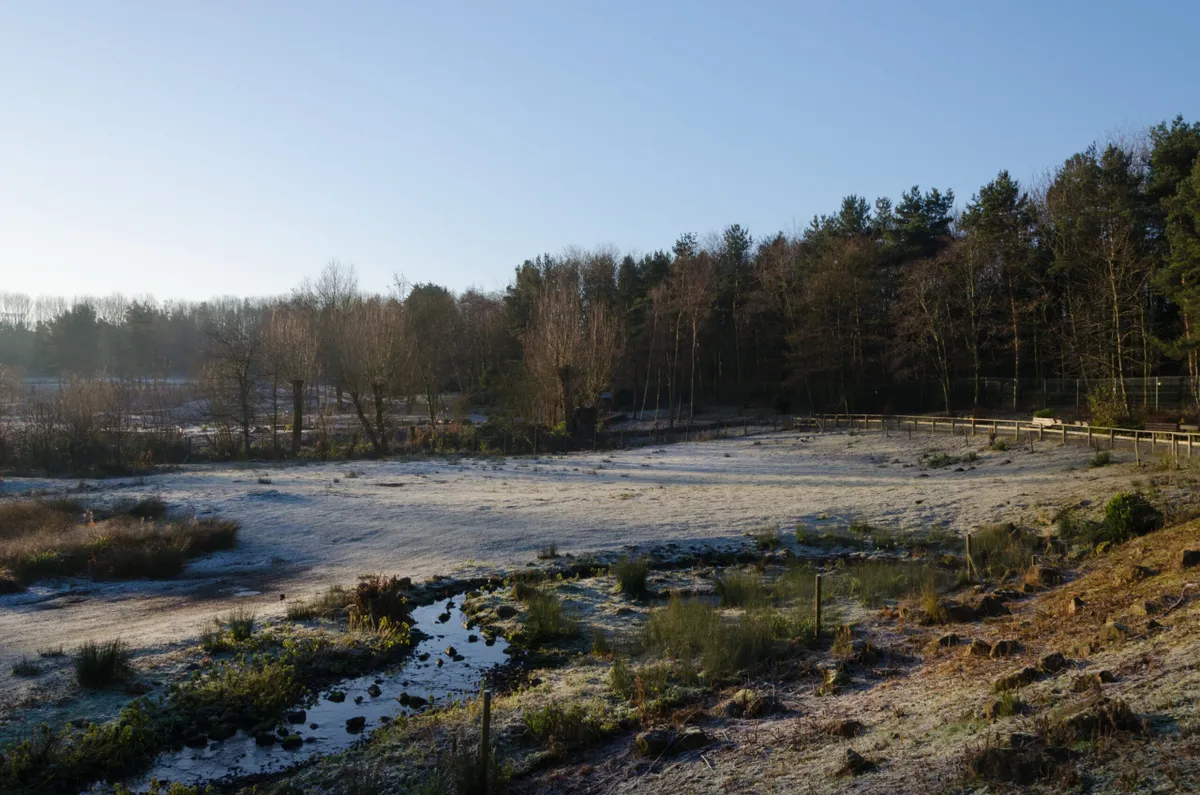
Welney
Welney, in Norfolk, takes in 1,000 acres of the northernmost part of the stunning Ouse Washes – Britain’s largest area of seasonally-flooded land and the setting for one of the most magical events in the UK’s nature calendar. Many thousands of ducks come in from the Arctic and are joined by the magical sight of up to 9,000 wild Bewick’s and whooper swans alighting on the lakes, just in time to take advantage of the centre’s floodlit feeds.
As well as wonderful winter wildlife, Welney is the perfect, peaceful setting for visitors to create lasting memories as every season provides a new opportunity to experience nature at its best.
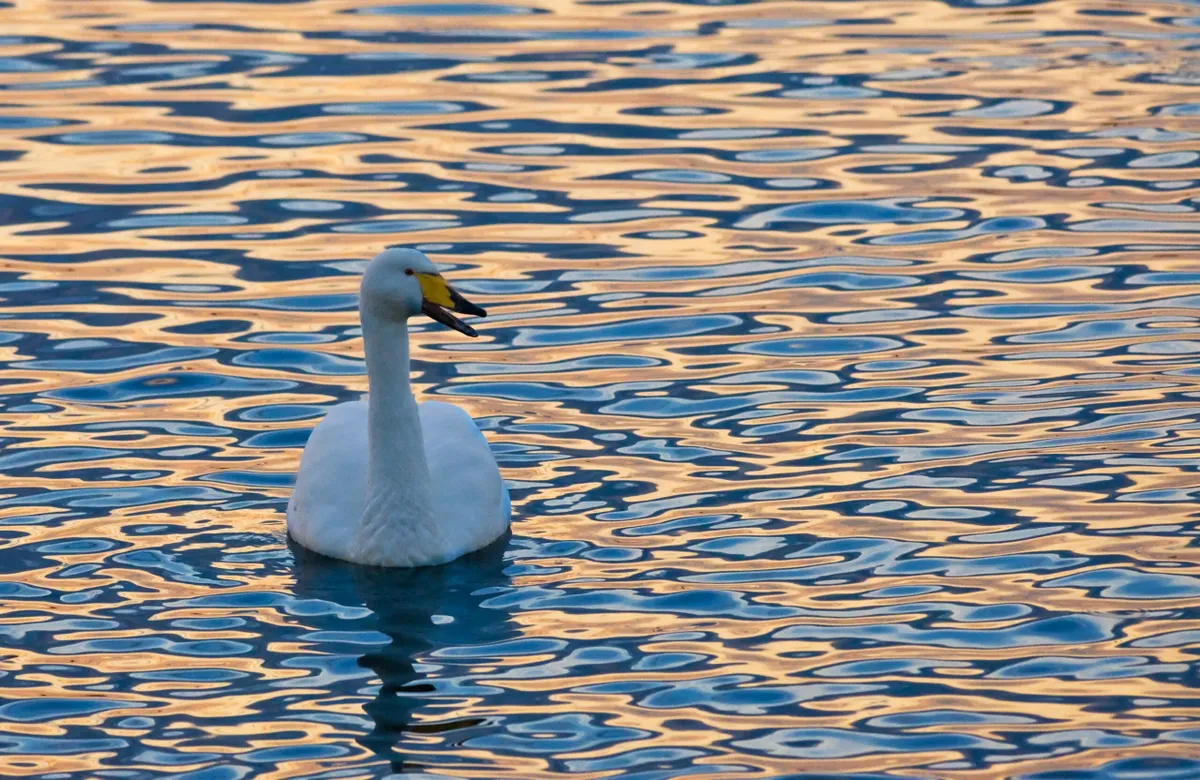
Words: Kaye Jemmeson, WWT | Image: WWT
Main image: whooper swans in flight over WWT Caerlaverock in Dumfries and Galloway, Scotland/Getty
